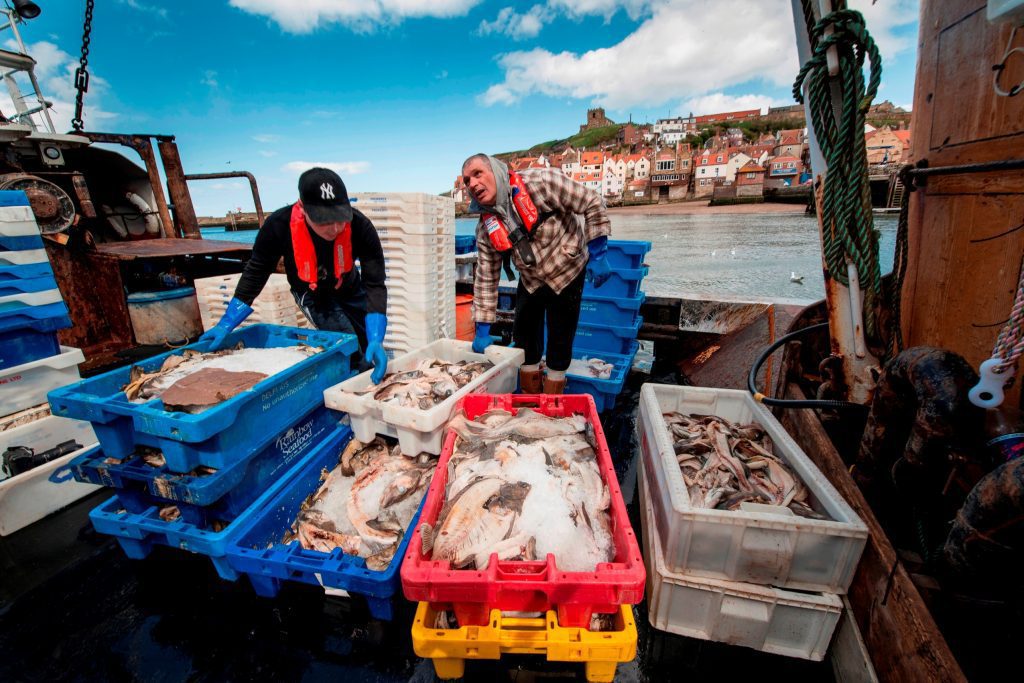10 December 2013
Industry Calls for Cooperation to Avoid Fishing Displacement In the week the Government announced its decision to shift wind farm renewable subsidies from onshore to offshore, fishermen’s organisations have expressed fears this move will put even greater pressure on the industry including constraints on where fishermen can fish. The announcement comes only a fortnight after the government announced its first tranche of designated marine conservation zones which could also potentially displace fishermen from fishing grounds.
The National Federation of Fisherman’s Organisations (NFFO), which represents fishermen’s groups, individual fishermen and
producer organisations in England, Wales and Northern Ireland, has called for
more cooperation with the industry at the planning stages of offshore wind farm
developments to avoid destruction of prime fishing grounds.
Currently offshore wind
provides around three percent of the UK’s electricity demand, but this is
likely to increase to one fifth to ensure the UK can meet its legally binding
EU renewable energy target by the year 2020. Establishment of wind farms have
an investment opportunity of £60 billion and offshore wind could support up to
30,000 jobs from industries involved in installation and development of wind
farms, but also the manufacture and design of vessels and turbines.
However, the fishing
industry has expressed concerns that the shift from onshore to offshore could
have serious consequences for the fishing industry. Its call for better
planning and closer dialogue follows an early round of developments where poor
preparation and decisions based on inadequate information placed a wind-farm
development on one of the best lobster grounds in the country. In another case,
inadequate information on fishing led the planners to ignore the presence of a
significant amount of fishing by the under-15 metre fleet.
To avoid repeating similar
debacles, the NFFO has worked closely with Crown Estates on an innovative
seabed mapping project, funded by the Crown Estate and the Department for
Energy and Climate Change, which is designed to use fishermen’s own electronic
data to identify the most important fishing grounds.
The project has collated a large body of
plotter data from a range of fishing vessel skippers and combined this
information with the Crown’s powerful mapping software to map the main areas of
fishing activity with astonishing accuracy.
The data collected should prove
invaluable in informing future rounds of offshore renewable planning to avoid
the most important fishing areas, as well as encouraging direct dialogue
between individual offshore developers about how to minimise the displacement
of fishing activities. The findings also have direct scope to help inform of a
network of marine protected areas in UK waters, and marine spatial
planning generally.
Barrie Deas, Chief Executive
of the NFFO commented: “The Government’s recent decision to shift its subsidy
to offshore wind-farms underlines the need to strengthen protection for our
most important fishing grounds. The kind of collaborative approach we have
developed with the Crown Estate offers the best way of limiting potential
damage. But it requires a commitment from the Government and individual
developers as well as members of the fishing industry to engage in a meaningful
dialogue on the data this mapping project has produced.”
For more information on the
NFFO, visit www.nffo.org.uk

